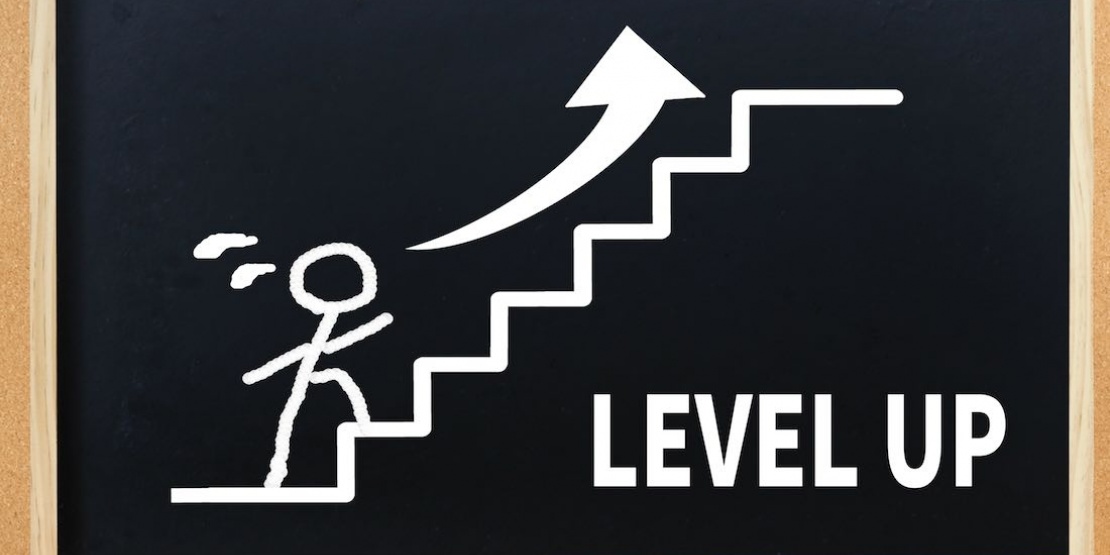Whether through self-assessment or external diagnosis, assessing maturity in procurement departments is essential for progress. Such mapping enables procurement organisations to identify where they need to improve, and create a roadmap to optimise their performance. Santé-achat asked procurement decision-makers in the health and medico-social sector about their level of maturity and good practices for assessing it.
Mapping procurement maturity
Having a snapshot of the procurement department's maturity at any given time involves interviewing different stakeholders (procurement team, general management, the establishment's medical board etc.). It is then possible to assess the position of the procurement department within the company as well as its level of expertise. There are different levels of maturity that can broadly be split into five categories: emerging, developing, optimised, mature and established.
Secondly, this mapping can provide information about the need to strengthen reporting or middle management, rebalance workloads, develop particular skills and so on.
Finally, this practice should be carried out regularly to monitor the procurement department's progress. "The organisations with the best performance are those that constantly re-examine themselves. Once again, the COVID-19 crisis has demonstrated this", advises Florence Marquès, Procurement Director at the University Hospital of Montpellier.
Self-assessment or external perspective?
There are two techniques that procurement decision-makers can use to assess the maturity of their departments:
- Self-diagnosis is a collective approach where a matrix is created from a questionnaire and interviews. However, the impartiality and objectivity of this method is questionable because it is carried out internally.
- External diagnosis involves an independent party carrying out this task. Jean-Vincent Tuffigo, Consultant at Resah (Réseau des Acheteurs Hospitaliers — network of buyers for hospitals), explains: "The assessments focus on certain issues and tick the boxes: whether the company has put in place a structure, a policy, tools… But this does not necessarily measure the performance of purchases made".
As well as such mapping, it is also interesting to compare procurement departments with their competitors using a benchmark, whether in terms of practices or performance. For example, ObsAR (Observatoire des Achats Responsables — Observatory of Sustainable Procurement) is a great source of information on sustainable procurement. However, we must not forget that every company and every procurement department have their own specific characteristics.
In conclusion, assessing procurement maturity is still quite new in the public sector, compared to the private sector, and is expected to develop in the coming years.









